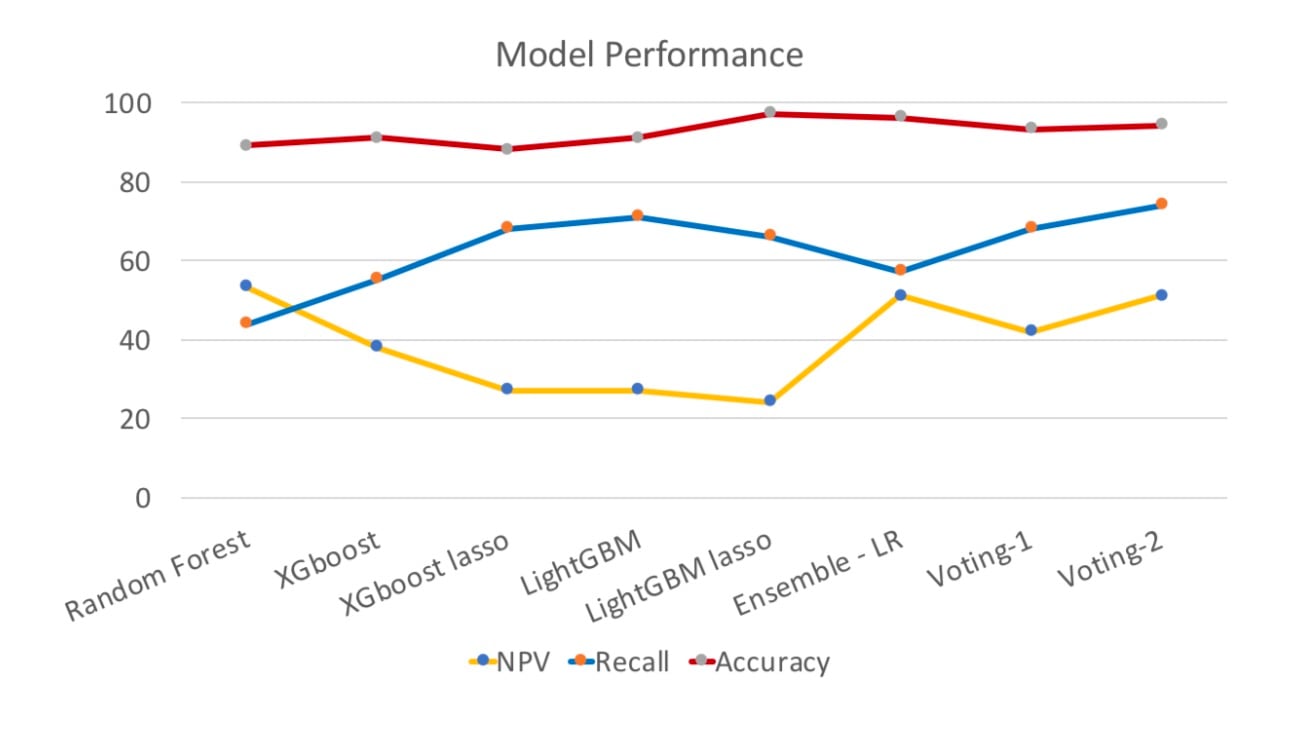AndPlus acquired by expert technology adviser and managed service provider, Ensono. Read the full announcement
AndPlus acquired by expert technology adviser and managed service provider, Ensono. Read the full announcement
A predictive machine learning program designed to predict and prevent errors for large-format printing press.
This Innovation Lab project was done in collaboration with our client, Banners.com. They're a large-format printing company based out of Kensington, Minnesota. AndPlus created the software that merges a large number of graphic files into a single image that is print-ready. Occasionally, there are errors in the merge process that cannot be predicted manually. These errors are costly in that they hold-up the remainder of the process, causing a backlog of files that add up until the error is fixed.
It was our mission to build a machine learning program that can predict these errors long before they ever enter the Banners.com system.
The AndPlus Innovation Lab is where our passion projects take place. Here, we explore promising technologies, cultivate new skills, put novel theories to the test and more — all on our time (not yours).

In order to reduce time wasted on failed jobs, AndPlus wanted to apply data science techniques and statistical learning knowledge to build a prediction model. This model should make a prediction whether this job is likely to fail or not when user submitted job through the website. Once the model identified one job as failure, the system will send the job in a different to minimize the impact on other jobs in this is a failure job. This prediction model will help the printer running more efficiently. AndPlus provided detailed data for both failed and successful job. The following is an example of the data structure of job.
Each job has one background (miscellaneous) layers which contains both width and height of banner and screen. The elements field contains data of images and text fields that users added. The number of image and text layers varies among jobs.
There were 3 stages to the research project.

In this project, we parsed the JSON files of over 10,000 print jobs into a structured format. The labs team then ran these jobs through a rigorous data pre-processing and handled all missing values. Once this process was complete, we had an initially high accuracy rate. Because the data was imbalanced, we want to model to focus on minimizing false positives and false negatives.
To further improve the models' performance on predicting failed jobs, we applied a resampling method. The table below compares four situations where we used only raw data, data with feature engineering without resampling, data with just resampling without feature engineering, preprocessed data with both methodologies by accuracy rate, N{V and recall rate indexes.

From the table above, we can see that our feature engineering and resampling methods have improved the models' performance greatly. So in following model training, we used data with feature engineering and resampling methods.

Among all the single models we picked the top three with highest overall performance on accuracy, recall and NPV rates. These were Random Forest, XGBoost and LightGBM. The chart above further compares results raised from the single models with and without lasso regression, along with three ensembling methods.
We can conclude that accuracy rate is at a high level. If we want to have a deeper look; the NPV value, Random Forest and Logistic Regression ensembling methods achieved a fairly good performance. Compared to the Ensemble-LR, random forest has sacrificed a lot in accuracy, and recall is 13% lower. Ensemble-LR returns the best result so far at 95%.
AndPlus understands the communication between building level devices and mobile devices and this experience allowed them to concentrate more on the UI functions of the project. They have built a custom BACnet MS/TP communication stack for our products and are looking at branching to other communication protocols to meet our market needs. AndPlus continues to drive our product management to excellence, often suggesting more meaningful approaches to complete a task, and offering feedback on UI and Human Interface based on their knowledge from past projects.
or If you don't like forms, email us info@andplus.com








Read the AndPlus ratings and client references on Clutch - the leading data-driven, B2B research, ratings, and reviews firm.
257 Turnpike Road, Southborough, MA
508.425.7533
257 Turnpike Road, Southborough, MA
508.425.7533